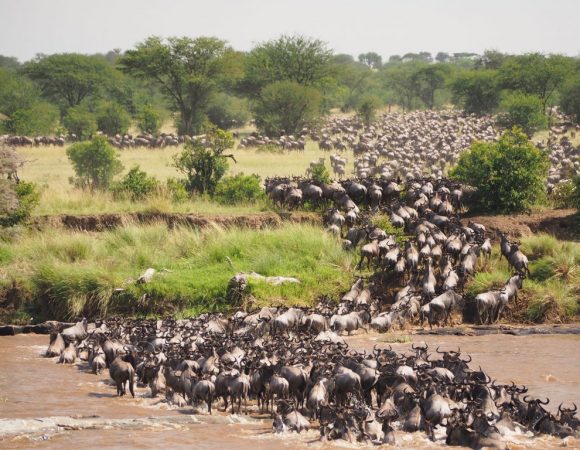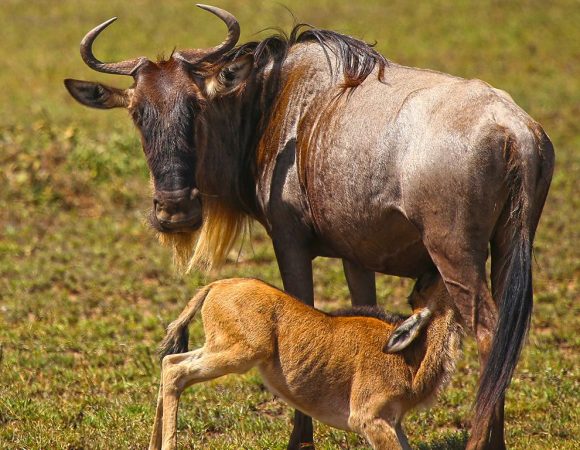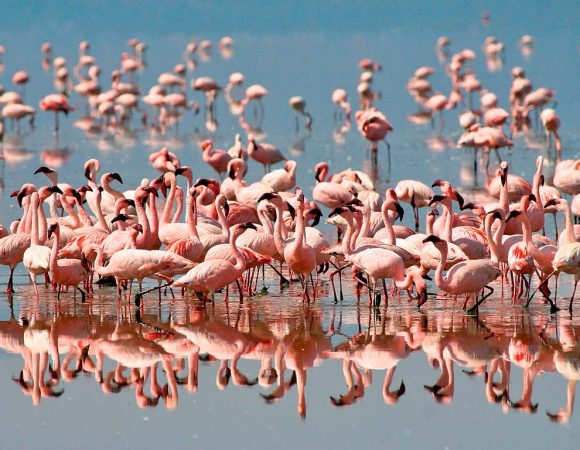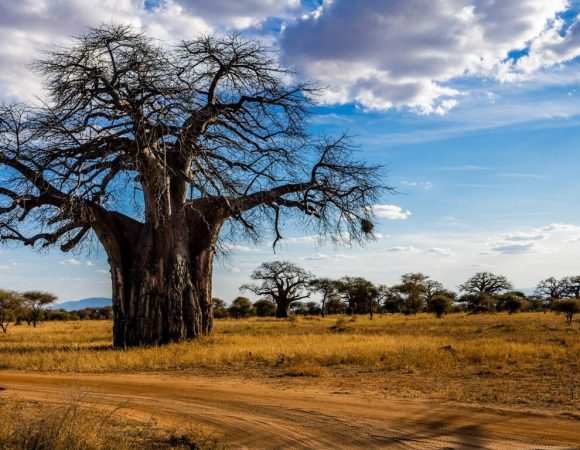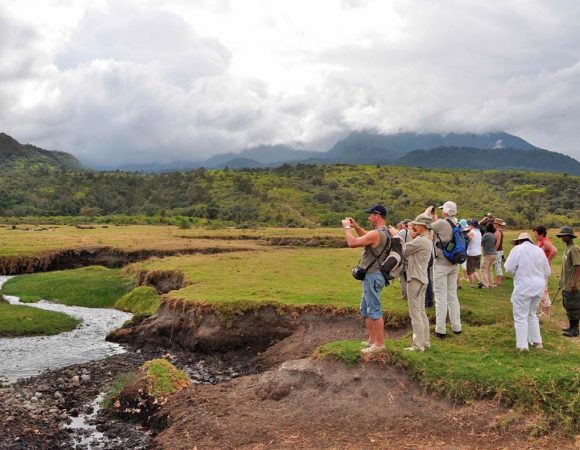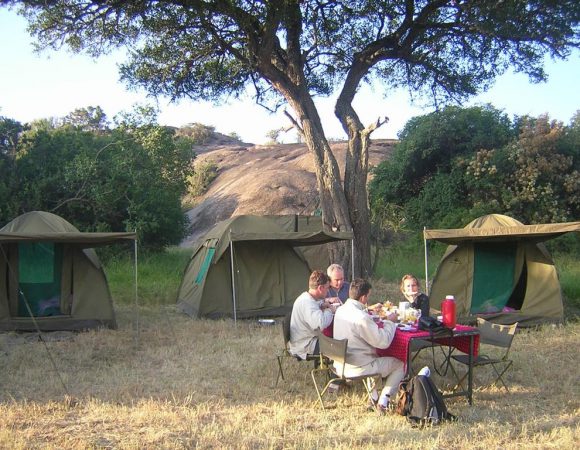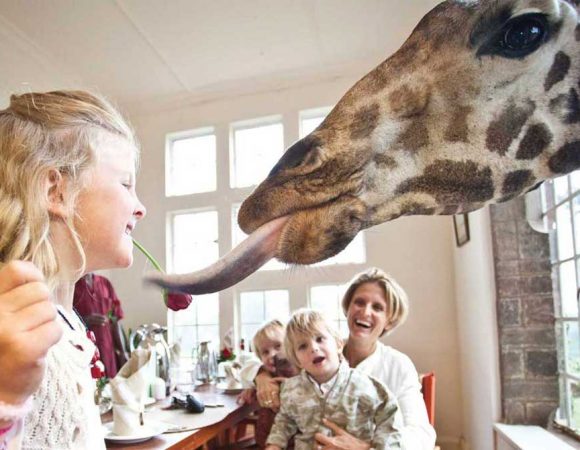- Home
- The Maasai tribe
The Maasai tribe
The Maasai tribe – Cultural experience
While on your northern route safari, Naipenda Safaris recommends visiting a maasai village. The maasai play a crutial role in the preservation of land in the north. Naipenda Safari can bring you to a real maasai village where you will be exposed to all aspects of thier lifestyle and invited to participate in a traditional dance. Be aware, certain safari companies take their guests to museum type villages which have been erected for tourists.
Because Naipenda Safaris has many years of experience in the area we will take you to a real village. A maasai village You will also be able to purchase many hand crafted articles directly from the tribe. These are genuine artifacts.
About the Maasai*
The Maasai are an indigenous African ethnic group of semi-nomadic people located in Kenya and northern Tanzania. Due to their distinctive customs and dress and residence near the many game parks of East Africa, they are among the most well-known African ethnic groups internationally. They speak Maa, a member of the Nilo-Saharan language family that is related to Dinka and Nuer, and are also educated in the official languages of Kenya and Tanzania: Swahili and English. The Maasai population has been variously estimated as 377,089 from the 1989 Census or as 453,000 language speakers in Kenya in 1994 and 430,000 in Tanzania in 1993 with a total estimated as “approaching 900,000” Estimates of the respective Maasai populations in both countries are complicated by the remote locations of many villages, and their semi-nomadic nature.
Although the Tanzanian and Kenyan governments have instituted programs to encourage the Maasai to abandon their traditional semi-nomadic lifestyle, the people have continued their age-old customs. Recently, Oxfam has claimed that the lifestyle of the Maasai should be embraced as a response to climate change because of their ability to farm in deserts and scrublands.
Maasai’s society is strongly patriarchal in nature with elder men, sometimes joined by retired elders, deciding most major matters for each Maasai group. A full body of oral law covers many aspects of behaviour. Formal execution is unknown, and normally payment in cattle will settle matters. An out of court process called ‘amitu’, ‘to make peace’, or ‘arop’, which involves a substantial apology, is also practiced.
A high infant mortality rate among the Maasai has led to babies not truly being recognized until they reach an age of 3 moons. For Maasai living a traditional life, the end of life is virtually without ceremony, and the dead are left out for scavengers. Burial has in the past been reserved for great chiefs, since it is believed to be harmful to the soil.
maasai children tends to their cattle Traditional Maasai lifestyle centers around their cattle which constitutes the primary source of food. The measure of a man’s wealth is in terms of cattle and children. A herd of 50 cattle is respectable, and the more children the better. A man who has plenty of one but not the other is considered to be poor. A Maasai myth relates that God gave them all the cattle on earth, leading to the belief that rustling cattle from other tribes is a matter of taking back what is rightfully theirs, a practice that has become much less common.
Shelter
As a historically nomadic and then semi-nomadic people, the Maasai have traditionally relied on local, readily a vailable materials and indigenous technology to construct their housing. The traditional Maasai house was in the first instance designed for people on the move and was thus very impermanent in nature. The Inkajijik (houses) are either loaf-shaped or circular, and are constructed by women.
The structural framework is formed of timber poles fixed directly into the ground and interwoven with a lattice of smaller branches, which is then plastered with a mix of mud, sticks, grass, cow dung and urine, and ash. The enkaji is small, measuring about 3m x 5m and standing only 1.5m high. Within this space the family cooks, eats, sleeps, socializes and stores food, fuel and other household possessions. Small livestock are also often accommodated within the enkaji. Villages are enclosed in a circular fence (Enkang) built by the men, usually of thorned acacia. At night all cows, goats and sheep are placed in an enclosure in the center, safe from wild animals.



